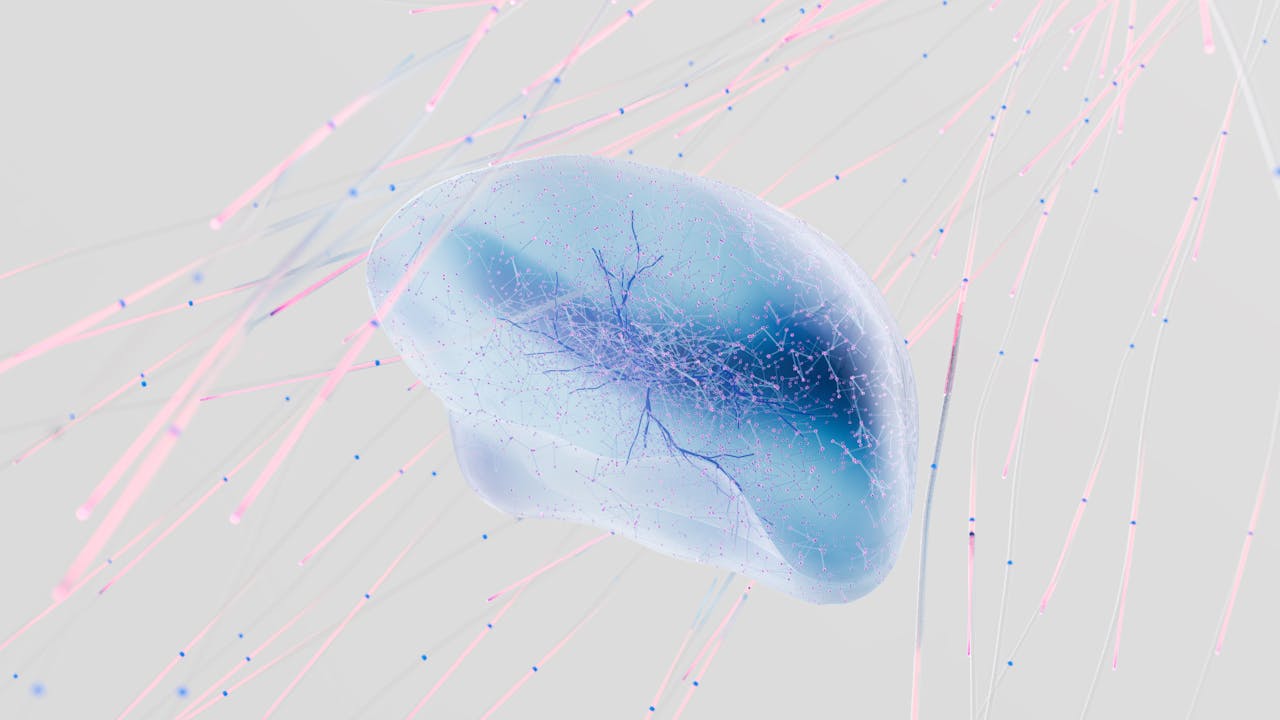Science/Tech
Innovative Thinking, Can We Measure It?
Creativity is the way our brains express our imagination. Painters, photographers, dancers, writers and all artists know the importance of it. We create when we think and observe, so essentially we all have the power to be creative.
According to researchers, a person's creativity can be measured by a single spoken word based on a new study.
"We want to understand what makes creativity tick, what the specific processes are in the brain," Jeremy Gray a neuroscientist from the Michigan State University, said in a news release. "Innovation doesn't just come for free - nobody learns their ABCs in kindergarten and suddenly writes a great novel or poem, for example."
He added, "People need to master their craft before they can start to be creative in interesting ways."
For the study, 193 participants were shown different nouns, for two minutes and were asked to respond creatively using one verb for each noun.
"For the noun "chair," for example, instead of answering with the standard verb "sit," a participant might answer "stand," as in to stand on a chair to change a light bulb," reported MSU. "The researchers checked that the answers were in fact verbs and somehow related to the noun; excluding the few nonsensical responses made no difference to the results."
Researchers also measured the creativity of the participants by observing story writing, drawing and other creative processes.
The researchers found that the individuals who responded with a creative answer in the noun-verb test were the most creative according to their other creative methods that were observed.
"Currently, Gray and his team are having participants complete the noun-verb test in an MRI while their brain activity is recorded, in hopes of identifying parts of the brain responsible for creativity," reported MSU. "This test is more feasible in an MRI than, say, writing stories or drawing pictures since the machine requires people to remain virtually still."
This research appears to be the start of an educational foundation scientists believe.
"Ultimately, this work could allow us to create better educational and training programs to help people foster their creativity," Gray said.
The findings are published in the journal Behavior Research Methods.









Join the Conversation